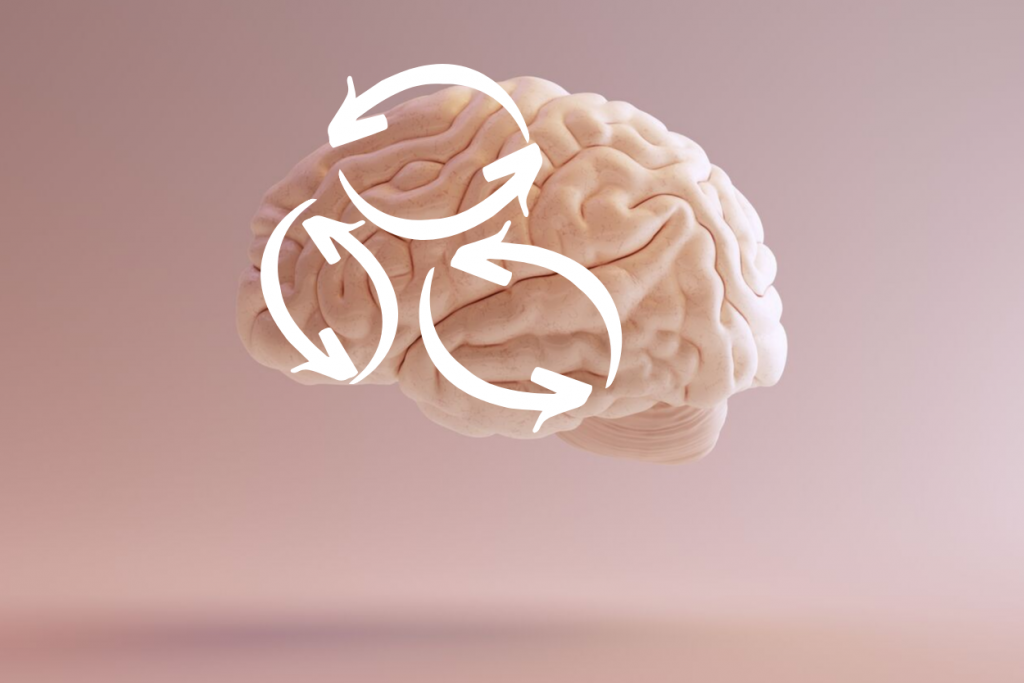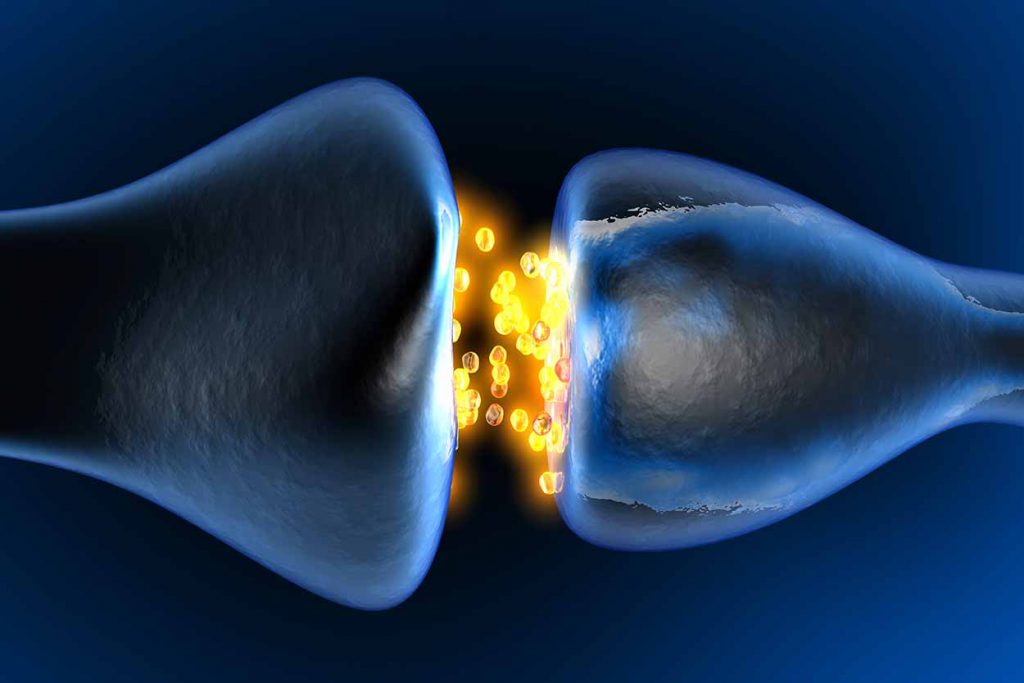Pharmacological Treatments
Disclaimer: the information contained on this website does not constitute medical advice. If you have concerns about your own health or the health of someone else, you should speak to your doctor.
ADHD is characterized by impairments of inattention, hyperactivity and impulsivity. Most medical treatments for ADHD act by improving the communication between different areas in the brain involved in motor activity, attention, cognitive control and working memory.

The cells in the brain responsible for this communication are called neurones and they are interconnected through synapses – the small spaces between two neurones. Different neurotransmitters are released in these small spaces and control the communication between two neurones. It is generally believed that patients with ADHD have lower concentrations of certain neurotransmitters in their synapses and that most pharmacological treatments improve brain communication by increasing synapse neurotransmitter concentration.

This quick guide is based on a recently published review on treatment strategies for ADHD (see reference below).
Different types of medication
There are different classes of medical treatments for ADHD. The most common are called stimulants. They act by increasing the neurotransmitters dopamine and norepinephrine in the synapses. Examples of stimulants are methylphenidate and different modified versions of amphetamine (dexametafmine and lis-dexamfetamine).
Clinical studies have shown that these types of stimulants are the most effective medicines for ADHD. However, patients who don’t respond to stimulants (around 30%) and in patients that experience side-effects from stimulants, alternative non-stimulant medicines are used. Examples of such medicines are atomoxetine, guanfacine, modafinil, clonidine and bupropion. They also act by increasing the concentration of neurotransmitters in the synapses but in a different way.
How quickly does medication get to work?
Stimulants get to work quite rapidly. Their maximum effect is reached 1-2 hours after taking them. In addition, the effect wears away quite rapidly and therefore most of the medicines in this class are delivered in slow release versions so that the effect stays longer. Atomoxetine, which is a non-stimulant medication, has a much slower onset of action and continues to work several days after the patient has stopped taking the medicine.
Potential side effects on stimulants
The most common side-effects of stimulants are appetite suppression, sleep disturbances, abdominal pain and headache. Also, potential effects on growth in children, neurological and cardiovascular effects during long-term treatment have been reported as well as potential abuse of stimulants in adolescents and adults. It is therefore important to monitor side-effects regularly.
Clinical considerations
Clinically, there are different aspects that need to be considered before prescribing medicines for ADHD. The most important being age of the patient, severity of the disorder and other diseases (comorbidities). In pre-schoolers, alternative treatments such as behavioral therapy is preferred whilst in schoolchildren and in adults a combination of stimulants and cognitive behavioral therapy is commonly used. Also, comorbidities (other co-existing conditions) can impact the chosen therapeutic approach, i.e. patients with substance use disorders are sometimes recommended to use non-stimulant treatments with lower risk for abuse. In addition, patients with bipolar disorder were the risk of mood destabilization with stimulants is high and when there is a risk for increased tics in tic-disorders by stimulants, non-stimulants, such as atomoxetine, are used.
How long should patients be treated?
The question “how long should the patient be treated?” has yet to be fully answered by the medical community. It has been suggested that patients and caregivers should be informed that the severity of ADHD symptoms can change throughout a person’s life. Several studies have shown clear benefits of starting medications in children with ADHD but there is less data on long-term outcomes. However, medical registry studies that compared outcomes in the same individuals both on and off medicine have shown that academic performances improved and that motor vehicle collisions as well as criminal behavior were reduced whilst using ADHD medication.
The future
Although there are new drugs with different ways of working, nearly all are still designed to increase the amounts of dopamine and nor-epinephrine. Rather, most of the new research focuses on how the drugs are delivered throughout the day – to cover wider intervals of the effect over the day. Also, alternative non-pharmacological treatments are increasingly popular, see our section on non-pharmacological treatments.
Cay, A., Swanson, J.M., Coghill, D., & Rohde, L.A. (2018). Treatment strategies for ADHD: an evidence-based guide to select optimal treatment. Molecular Psychiatry 24, 390-408, doi.org/10.1038/s41380-018-0116-3
